Welcome to Our Company
Horizontal And Vertical Metal Cladding
150 INR/Square Foot
Product Details:
- Product Type DUCT COVER
- Material GI/ALU.
- Usage EXTERIOR
- Application RESIDENTIAL & COMMERCIAL
- Size 8 FT
- Color CUSTOMISED
- Capacity 7 TO 8 Ton/day
- Click to View more
X
Horizontal And Vertical Metal Cladding Price And Quantity
- 150 INR/Square Foot
- 5000 Square Foot
Horizontal And Vertical Metal Cladding Product Specifications
- DUCT COVER
- WATERPROOF
- EXTERIOR
- 7 TO 8 Ton/day
- GI/ALU.
- RESIDENTIAL & COMMERCIAL
- CUSTOMISED
- 8 FT
Horizontal And Vertical Metal Cladding Trade Information
- Ahmedabad
- Cash Advance (CA), Cash in Advance (CID), Cheque, Days after Acceptance (DA)
- 10000 Square Foot Per Day
- Yes
- Free samples are available
- BOX PACKING
Product Description
Horizontal Metal Cladding- Appearance: Horizontal cladding typically uses long, horizontal metal panels that are aligned across the building facade. This can create a sense of width and expansiveness. It's often associated with a more modern or industrial aesthetic.
- Materials: Common metals include aluminum, steel, zinc, and copper. These materials are chosen for their durability and resistance to the elements.
- Installation: Horizontal cladding is often installed with overlapping panels, allowing for a secure and weather-tight connection. It can also be arranged with gaps or joints, creating a distinctive linear pattern.
- Benefits:
- Enhances the horizontal lines of the building.
- Can make the building appear larger or more expansive.
- Effective for contemporary or minimalist designs.
- Appearance: Vertical cladding uses vertical metal panels that extend upward along the building. This can emphasize the height of a structure and is often used to create a more dynamic, modern look.
- Materials: Similar to horizontal cladding, vertical metal cladding can be made from a variety of metals, including aluminum, steel, and more.
- Installation: Vertical panels are typically installed from top to bottom with overlapping edges or joints to prevent water ingress. Vertical lines create an impression of height and can be used creatively to alter the perception of a buildings proportions.
- Benefits:
- Emphasizes verticality, making buildings appear taller.
- Adds a sense of sophistication or modernity to the design.
- Often used in residential, commercial, and mixed-use buildings for a striking visual effect.
- Aesthetic Impact: Horizontal cladding is typically used to create a sense of width, while vertical cladding enhances the height and vertical lines of the structure.
- Visual Balance: The orientation of the panels can influence the overall visual balance of a building. Horizontal lines can soften the buildings appearance, while vertical lines often give a more dramatic, tall effect.
- Suitability: Horizontal cladding is well-suited for single-story buildings, low-rise structures, or when you want to broaden the visual appearance. Vertical cladding is often used for multi-story buildings or when you wish to emphasize height.
- Aluminum: Lightweight, corrosion-resistant, and available in a wide range of finishes.
- Steel: Often used for industrial or modern-style buildings, especially when coated for additional protection.
- Copper: Adds a distinct aesthetic, changing color over time as it develops a patina.
- Zinc: Known for its durability and unique texture that evolves as it weathers.
Both optionshorizontal and vertical metal claddingcan be used creatively in design to achieve unique architectural results, depending on the vision for the building's style and functionality.
Tell us about your requirement

Price:
Quantity
Select Unit
- 50
- 100
- 200
- 250
- 500
- 1000+
Additional detail
Mobile number
Email

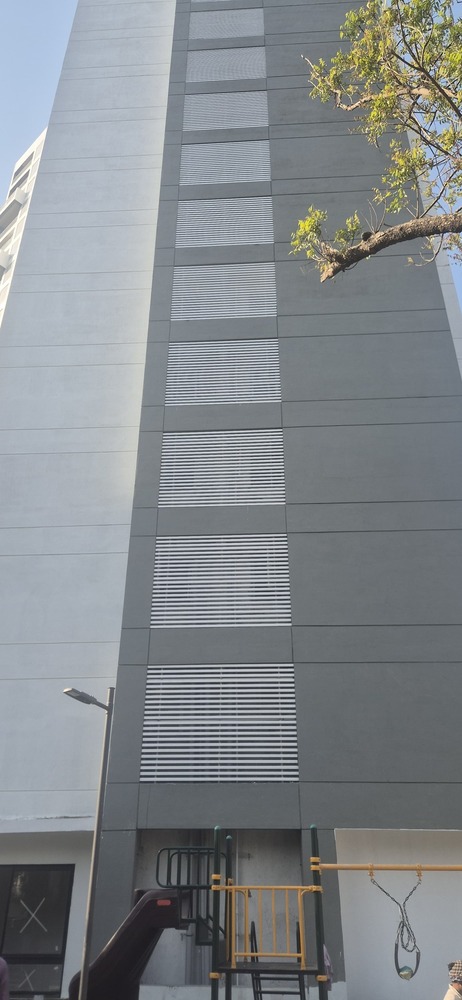

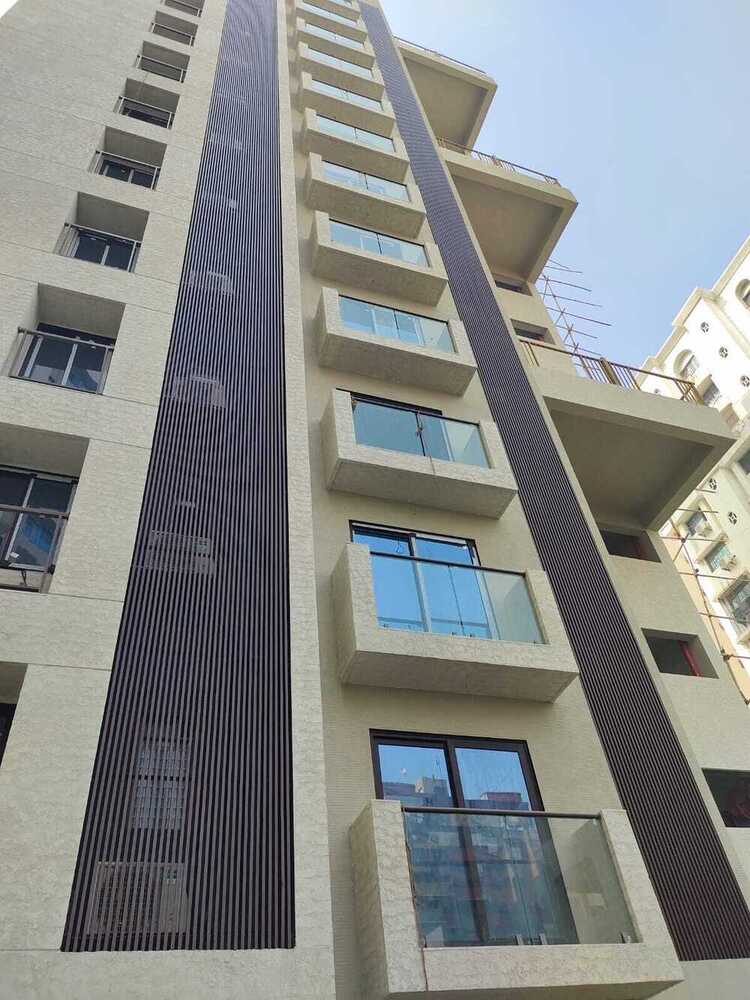
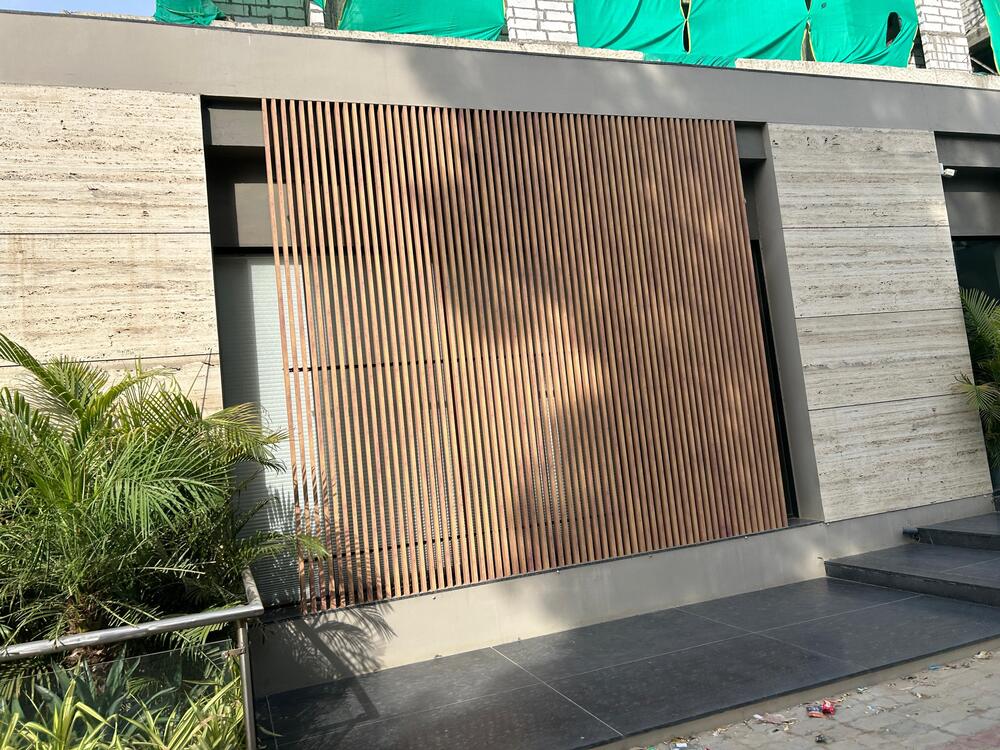
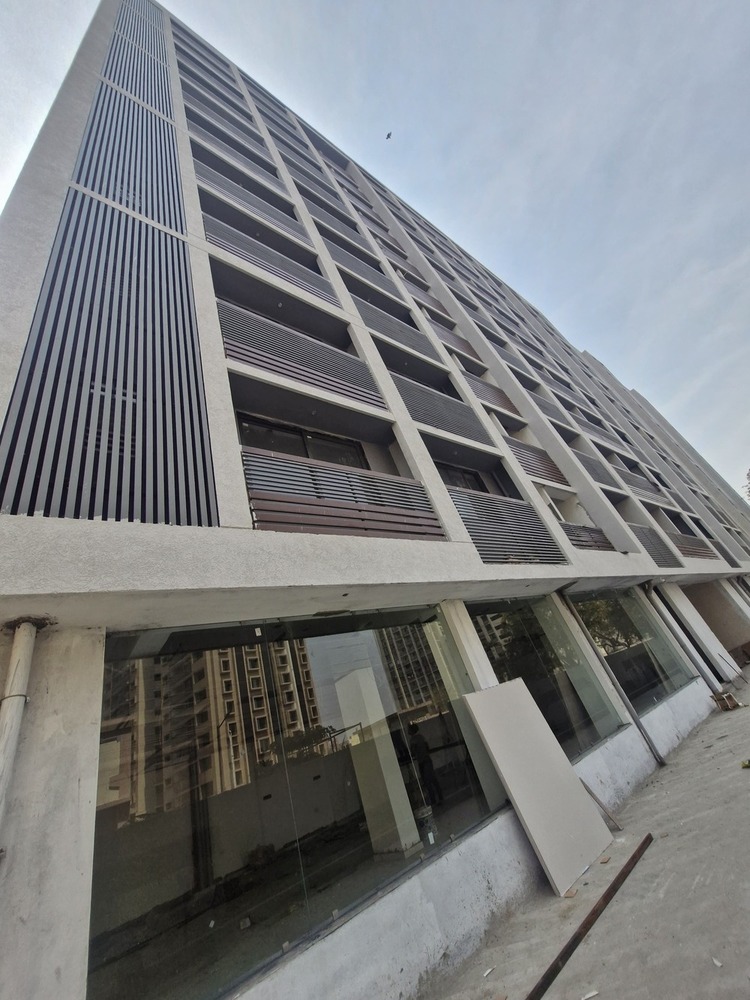
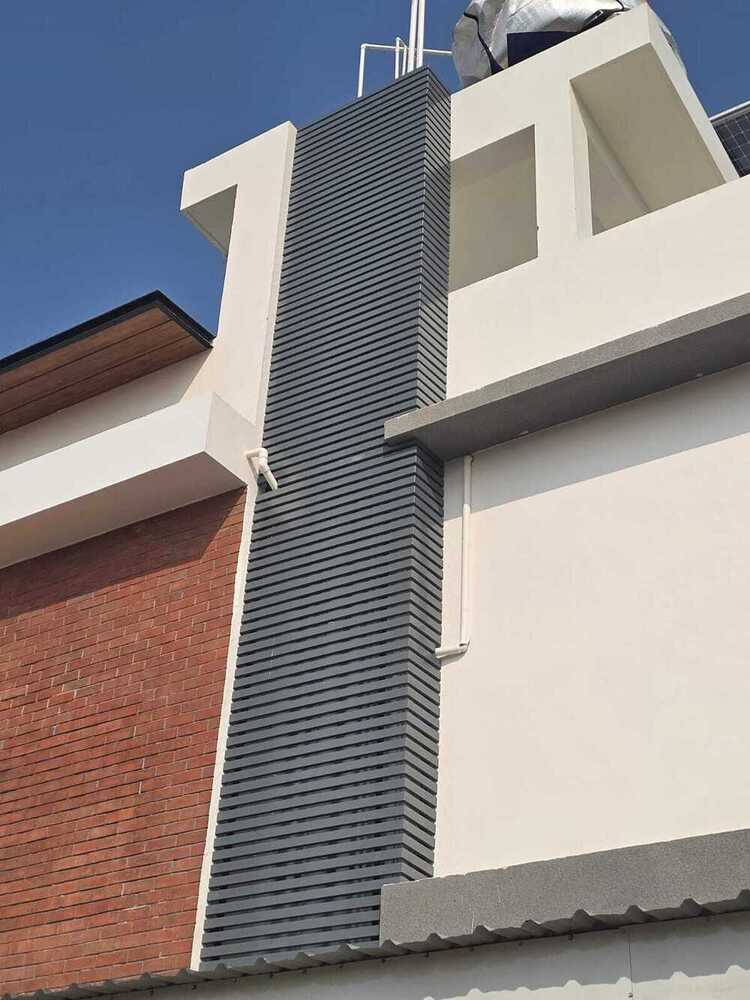

 English
English Spanish
Spanish French
French German
German Italian
Italian Chinese (Simplified)
Chinese (Simplified) Japanese
Japanese Korean
Korean Arabic
Arabic Portuguese
Portuguese